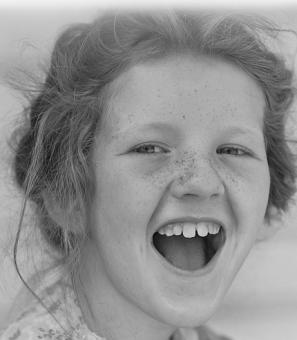Turkey Tayac's Fight for the Piscataway People
Day broke over the calm Potomac River in late Autumn 1978. A frail yet determined gentleman was seemingly the only one awake on this early November morning. Stepping over tree roots and recently fallen leaves, Turkey Tayac followed the well-worn trail to the river bank… his river bank. The elderly man stripped down to just his bathing suit, leaving behind his warm clothes on land. Gingerly, he stepped into the icy water. One step, two steps, three steps, splash. Tayac slowly yet steadily began swimming, following the natural bends in the river. He reached his typical turnaround point, flipped directions, and swam back downriver to his launch site.
Sufficiently tired from the exertion he just put his Leukemia-stricken body through, Tayac slowly emerged from the water with a bone-deep chill within him. That was nothing new. For years, Turkey Tayac swam regularly in the Potomac, from March through November, believing in the water’s therapeutic powers.[1] But something was different about this dip in the chilly water. Over the course of the next few days, Turkey Tayac would come down with pneumonia.[2] The lung malady was far too much for his cancer-riddled body to handle. For about a month, he tried to treat the sickness with his own herbal medicines, but seemingly no medication could save him.[3] On December 8, 1978, Turkey Tayac passed away at the Veterans Administration hospital in Maryland.[4]
It may seem a bit morbid to start a Boundary Stones piece with the tale of a death, but Turkey Tayac’s passing propelled forward conversations surrounding Indigenous people in southern Maryland and their rights as Native Americans at a time when the state did not formally recognize them as a minority group.
Tayac dedicated much of his life fighting for broader recognition of his people. A full blooded Piscataway, he was born in Charles County, Maryland, at some point in the 1890s (no one quite knows the exact date.)[5] Growing up, Turkey’s parents taught him Piscataway culture and traditions.[6] At the turn of the twentieth-century— when Tayac was coming of age— the Piscataway were all but removed from the American landscape.[7] Once a powerful confederacy of tribes, the Piscataway controlled lands far and wide in Maryland and Northern Virginia.[8] The English explorer John Smith was said to have come in contact with the Piscataway people in 1608.[9]
With the influx of European colonizers and the displacement and disease that accompanied them, the population of Piscataway sharply declined as the decades passed.[10] Come the late nineteenth–century, few full-blooded Piscataway remained in the Chesapeake Bay region. Small enclaves were all that was left of this once powerful native group.[11]
As much as Tayac (whose English name was Philip Proctor) was immersed in the culture of his ancestors growing up, he had a deep love for the United States. As the legend goes, he lied about his age in order to enlist in the Army during World War I.[12] Assigned to the Rainbow Division, Tayac heroically served in the Argonne forest.[13] while fighting in the horrific trenches of the Great War, Tayac suffered wounds from mustard gas attacks and machine gun fire.[14] Field doctors did not expect the gravely harmed man to survive another year.[15] But as we know, Tayac would live another sixty.
Upon recovering from his war wounds, Tayac came back to America, picking back up the native culture he no doubt put on hold to serve in the Army. He made it his life mission to revamp the Piscataway tribe and pass down its heritage, teachings, and culture to future generations.[16] He adopted a historic Piscataway lifestyle, eschewing modern conveniences and living off the land to the best of his abilities.[17] Tayac spent the majority of his time in the dwindling wilderness of southern Maryland, which was the ancestral lands of the Piscataway people.[18]
Tayac tried to broaden the Piscataway community by finding other people with Piscataway blood. Starting in the 1930s, he put on powwows – the first ones for this group in roughly 200 years.[19] He brought back the Green Corn Festival every August, sometimes performing the rituals alone if he could not find other Piscataways.[20]
In the mid 1930s, Tayac’s connection to southern Maryland took on a whole new form. A Piscataway village and burial ground were found on the banks of the Potomac in Accokeck, Maryland — directly across the river from George Washington’s Mount Vernon.[21] The land, owned by Alice and Henry Ferguson, quickly became a hot topic in the DMV. Archeologists flooded to the site to excavate and the findings were astonishing. The village was quite large and was occupied by different generations of Piscataways at various times throughout history. It was suspected that this village was one of the stops John Smith wrote about on his journey up the Potomac in 1608.[22]
But perhaps the most interesting discovery to Tayac were the burial pits found on the Ferguson’s land. Scientific findings revealed that the village had been burned to the ground, resulting in the deaths of numerous Piscataways.[23] While there is no definitive answer to who inflicted such pain and suffering onto this community, the timing suggests that it was English colonizers (but a rival tribe could also be to blame for such an attack.)[24]
Tayac, for his part, aided in the excavations, lending his expertise on his ancestors to the archeologists, giving valuable context which otherwise would have been lost to the passage of time.[25] He now had a tangible connection to his people’s past from before the Europeans colonized the area, which Tayac was not ready to relinquish.
That’s why in the late 1950s and early 1960s, when ancestral Piscataway land in Accokeck was under threat of clearing and development for high rise apartment buildings, Tayac fought to preserve the area.[26] Believing that the land rightfully belonged to his people, Tayac worked from all angles to ensure its preservation in its natural form.[27] He teamed up with an unlikely ally – the Mount Vernon Ladies’ Association who ran and still operate George Washington’s Mount Vernon.[28] The MVLA sought to keep the view across the river, more or less as it was when George Washington was alive.[29] As the proposed high rise development was in eyesight of the mansion’s piazza, the MVLA joined Tayac in opposing the project – an effort that was eventually successful.
After years of garnering support from the public and lobbying Congress, the ancestral Piscatawayland was turned into a National Park.[30] Maryland Representative Frances Bolton headed the initiative in Congress and it received bipartisan support in both the House and Senate. President Kennedy signed the bill into law on October 4, 1961.[31] While the designation of Piscataway land as a National Park did not come with as much money to acquire all the real estate that supporters wanted to protect, it was enough to save the important archeological sites and the natural viewscape from Mount Vernon. When all was said and done in 1974, NPS had the final amount of land which they still control to this day (about 3,885-acres of land).[32]
During the process of turning the land into a National Park, the Alice Ferguson Foundation — a non-profit established by the Ferguson family which had owned the property since the 1920s – donated the about twenty acres, where the burial sites were located to Turkey Tayac. The gift was a recognition of how important the land was to the current Piscataway people.[33] In turn, Tayac gave the land to NPS, believing that their funding and resources could maintain the site.[34] In return, Tayac made a verbal arrangement with Stewart L. Udall— the Secretary of the Interior during Kennedys and Johnson’s administrations— which said that he could be buried with his ancestors on the land when he passed.[35]
As it turned out, the arrangement was not that simple. In the late 1970s, Tayac brought the issue up again about his burial in the newly established National Park. Unfortunately, Tayac’s agreement with Udall had never been verified on paper, and Udall claimed he made no such agreement with the Piscataway leader.[36] The Department of the Interior stated as much as they would like to help out Tayac, being buried on National Park lands would require an Act of Congress, of which only three had been granted prior.[37]
Clearly not willing to give up on this dream, Tayac took the case to the halls of the Capitol, fighting in part for himself, but also in many ways, for his people and all Native groups in the country.[38] This was their ancestral land, first and foremost, but acknowledging such a fact was not in the federal government’s lexicon then, and in many ways, today.
Sadly, Tayac passed away before he could see his hard work come to fruition.[39] In response to his father’s death, Tayac’s son, Billy RedwingTayac, took up his father’s last dying wish.[40] In the fall of 1979, almost a year after Turkey Tayac’s death, Congress finally passed a bill to allow Tayac’s final resting place to be on the banks of the Potomac, with the remains of his ancestors.[41] On the matter, Sen. Dale Bumpers of Arkansas, chairman of the Senate subcommittee on Parks, Recreation and, renewables, acknowledged the significance of the decision on the floor of the Senate: “During much of his life, Turkey Tayac lived in Piscataway Park, and his intimate knowledge of its environment proved most useful to the development of the park as a historical resource where over 200,000 cultural artifacts have been located.”[42]
In late 1979, Turkey Tayac’s body was removed from his above-ground crypt at Cedar Hills Cemetery in Suitland, MD, (where he had been placed in the hopes he could be moved to an eternal resting spot in Piscataway Park.)[43] At last, Tayac was buried with his ancestors, under the red cedar tree he planted in 1976 to mark his desired resting place.
One more significant chapter to Turkey Tayac’s story came in 2012, when the state of Maryland finally recognized the Piscataway tribe as an indigenous group.[44] Without his dedication, such a designation seems unimaginable. He all but single-handedly organized the modern tribe which still exists today and preserved invaluable information about Piscataway history and culture, which would have been lost to time. In the process, he helped put the daily struggles and efforts of native people across the country into the mainstream American consciousness. Rest in peace, Turkey Tayac.
Footnotes
- ^ John Parker, “Chief Turkey Tayac: Founder of the Lost Tribe,” The Sun (Baltimore, MD), April 22, 1979.
- ^ Donald P. Baker, “Piscataway Chief's Dying Wish Near Fulfillment,” The Washington Post Staff The Washington Post (Washington, DC) October 3, 1979.
- ^ “Chief Turkey Tayac Dies; Was Piscataway Leader,” The Sun (Baltimore, MD); Dec 10, 1978.
- ^ Ibid.
- ^ Parker, “Chief Turkey Tayac: Founder of the Lost Tribe.”
- ^ Paul Hodge , “Dream Of Tribal Burial Nears Reality: Chief's Son Seeks Tribal Burial for Father,” The Washington Post (Wasnington, DC); December 21, 1978.
- ^ “Culture: History,’ Piscatawayconoytribe.com, Piscataway Conoy Tribe, accessed August 12, 2022.
- ^ Ibid.
- ^ Frank D. Roylance, “Blood of the Piscataway still Runs Deep The Sun (Baltimore, MD); May 4, 1992.
- ^ “Culture: History.’
- ^ Tim Hamilton, “Piscataway-Conoy: Rejuvenating Ancestral Ties to Southern Parks,” news.maryland.gov, October 1, 2018.
- ^ Parker, “Chief Turkey Tayac: Founder of the Lost Tribe.”
- ^ Ibid.
- ^ Ibid.
- ^ Ibid.
- ^ Tracey A. Reeves, “Minority Status a Source of Pride, Irritation for Indians,” The Washington Post (Washington, DC), July 28, 1988.
- ^ Parker, “Chief Turkey Tayac: Founder of the Lost Tribe.”
- ^ Ibid.
- ^ Ibid.
- ^ Ibid.
- ^ Stephen E. Fitzgerald, “Lost Indian Village Found,” The Sun (Baltimore, MD), August 13, 1939.
- ^ Ibid.
- ^ Ibid.
- ^ Ibid.
- ^ Hodge, “Dream Of Tribal Burial Nears Reality: Chief's Son Seeks Tribal Burial for Father.”
- ^ Michael Drosnin, “$1.5 Million Set Aside for Piscataway Park,” The Washington Post (Washington, DC), June 12, 1967.
- ^ “Turkey Tayac,” en.academic.com, Academic, accessed August 14, 2022.
- ^ Ibid.
- ^ Stephen Green, “House Approves Bill to Add Acreage to Piscataway Park,” The Washington Post (Washington, DC); February 5, 1974.
- ^ “Turkey Tayac,” en.academic.com.
- ^ “The Creation of Piscataway Park,” NPS.gov, National Park Service, accessed August 14, 2022.
- ^ Ibid.
- ^ Parker, “Chief Turkey Tayac: Founder of the Lost Tribe.”
- ^ Ibid.
- ^ Ibid.
- ^ Baker, “Piscataway Chief's Dying Wish Near Fulfillment.”
- ^ Hodge, “Dream Of Tribal Burial Nears Reality: Chief's Son Seeks Tribal Burial for Father.”
- ^ Baker, “Piscataway Chief's Dying Wish Near Fulfillment.”
- ^ Ibid.
- ^ Ibid.
- ^ Ibid.
- ^ Ibid.
- ^ Baker, “Piscataway Chief's Dying Wish Near Fulfillment.”
- ^ Hamilton, “Piscataway-Conoy: Rejuvenating Ancestral Ties to Southern Parks.”


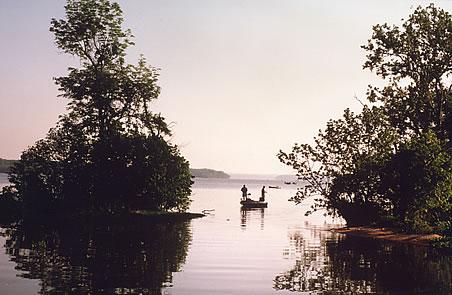
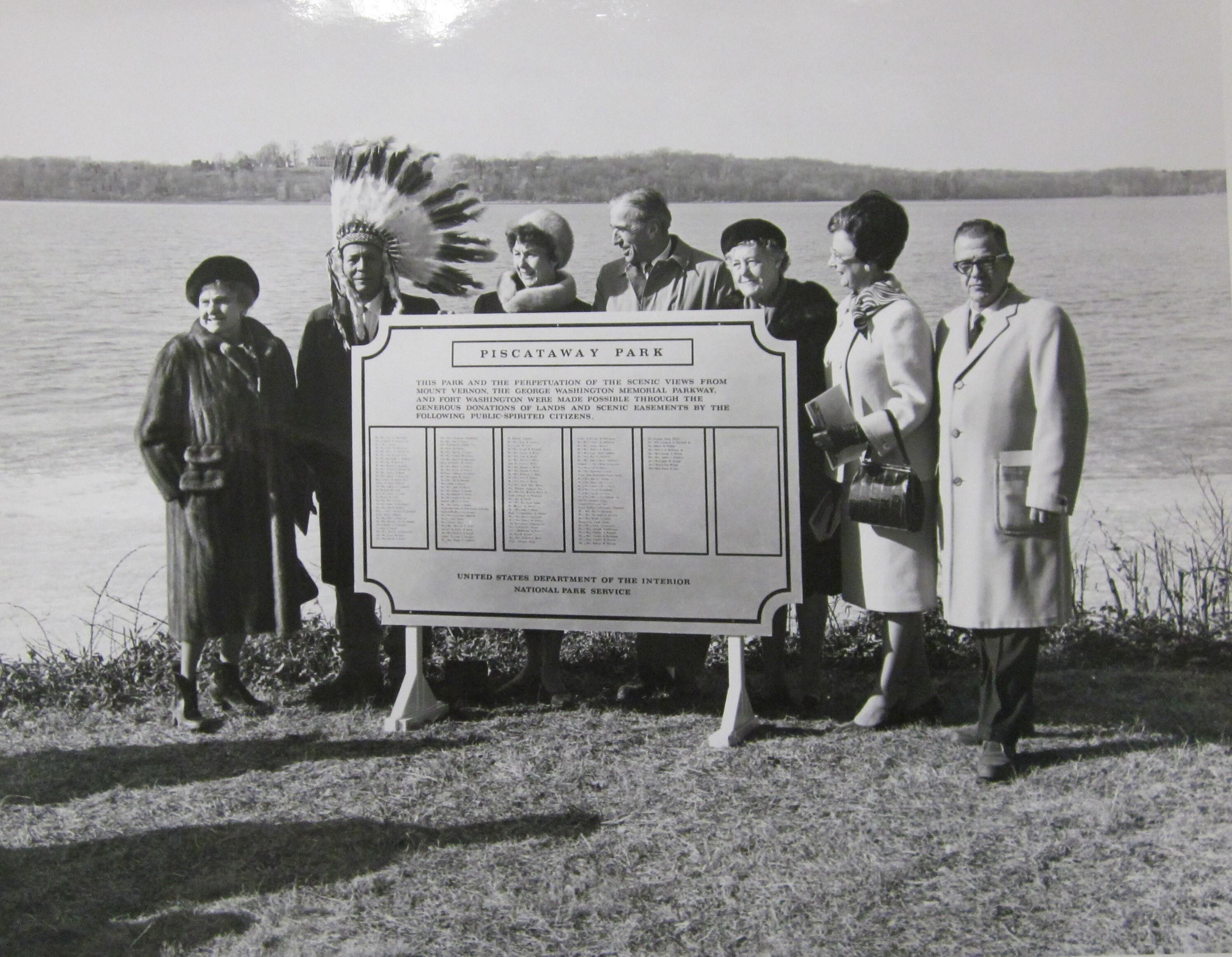
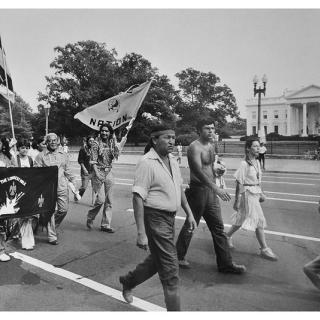
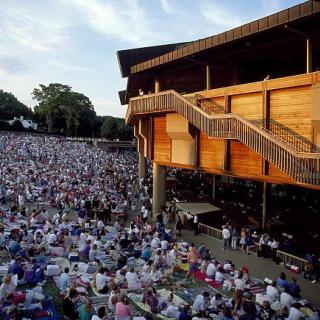
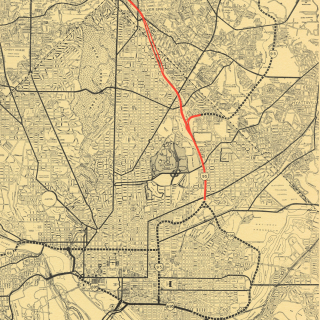
![Sketch of the mythical fuan by Pearson Scott Foresman. [Source: Wikipedia]](/sites/default/files/styles/crop_320x320/public/2023-10/Goatman_Wikipedia_Faun_2_%28PSF%29.png?h=64a074ff&itok=C9Qh-PE1)











